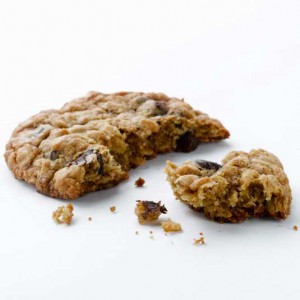If you’re concerned about milk supply, you probably already know that there are herbs, medications and even foods that can help. Herbs and medications often come with risks and side effects. But foods that help boost supply are simply foods! Foods have basically no risk and have an added benefit of increasing your nutrition and overall health!
Unfortunately, we don’t have much good research regarding human milk production. Much of what we know about milk supply comes from bovine research. Dairy farmers have a big interest in how much milk Bessie produces! We know from our bovine friends that decreased nutritional status can result in low milk supply. Lactogenic foods work because they are packed with essential vitamins and minerals. Even if your milk supply doesn’t noticeably increase, you can be confident you are increasing your health! What follows is a partial list of lactogenic foods from various sources.
From bovine research:
Calcium rich foods–broccoli
Fiber rich foods-Think whole grains—oatmeal, flax, etc
Iron-rich foods—dried apricots, raisins, spinach, red meat.
Brewer’s yeast
Good human research:
Mulangaay (Go Lacta is one brand)
Barley—affects prolactin.
Traditional
Pig’s feet soup
Chicken soup
Green drinks—spirulina, alfalfa, greens
Quinoa
Sesame/Tahini
Green papaya
Seaweed soup
Oatmeal
Flax
Herbs and Spices:
Anise
Caraway
Coriander
Cumin
Dill
Fennel
Fenugreek
Recipe for “Milk Sweet”:
(An ayurvedic recipe used commonly by Indian mothers) One Tablespoon each of: raw, hulled sesame seeds, softened butter, pitted dates, blanched almonds, caraway seeds, honey. Mash up together with mortar and pestle, food grinder or processor. Form into 6 balls and eat 2 per day. Vegan options can be made with coconut oil and maple syrup.
*Refrigerate unused portion.
Recipe for Barley Water:
Soak ½ c barley in 3 c water overnight (or Boil 20 min.)
Strain—discard barley
Pour 1 c over 1 tsp fennel seeds and steep 30 min.
Can sweeten with cinnamon.
The first line of defense for milk production is the law of supply and demand. In other words, the more milk that is removed, the more you will produce. If you aren’t making enough to help your baby grow adequately, a supplement of donor milk or formula may be necessary until your supply catches up. Be sure to check with your lactation consultant before you embark on any plan to increase milk supply. She will help you determine whether you have inadequate supply and help you develop the best plan for you and your baby.
A big thank you to Lisa Marasco* for her incredible talk on this topic at the LLL of Washington Health Care Professional Seminar which provided the inspiration for this post. Lisa is co-author of the book, “The Breastfeeding Mother’s Guide to Making More Milk.”

